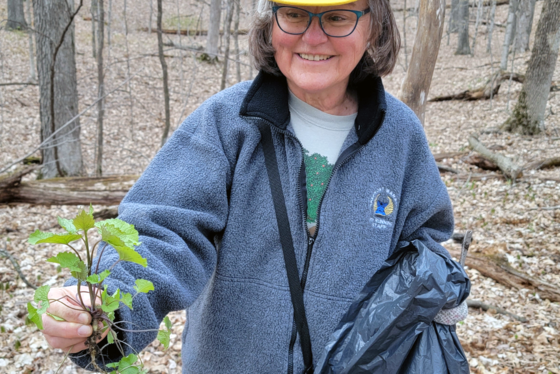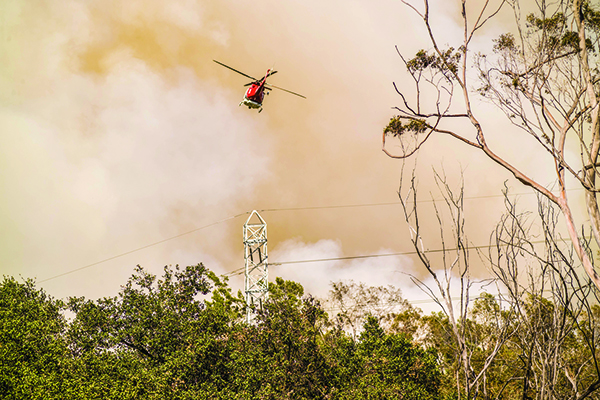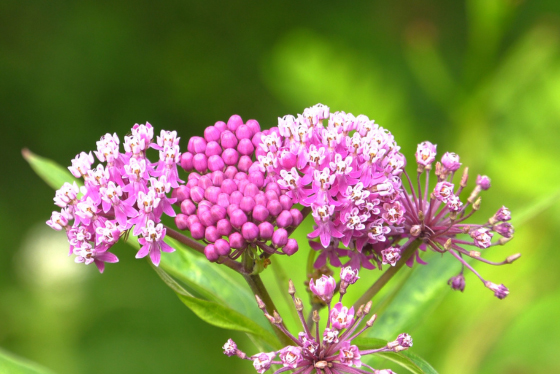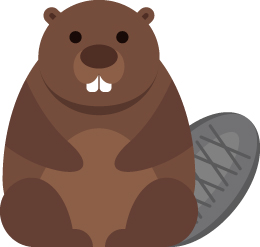Take action on invasive species to protect natural areas


The public is asked to take simple precautions, to avoid spreading invasive species in June, which is Invasive Species Action Month, and all year long.
Invasive species are non-native plants, animals and diseases, that cause environmental or economic harm, or pose threats to human health. There are many species that are already widespread in the state, while others may pose a large risk of surviving and causing problems, if they are introduced and become established.
The state’s invasive species rule makes it unlawful to transport, transfer, introduce or possess certain invasive species in Wisconsin, without a permit. The regulations designate which species are restricted or prohibited, based on factors including the degree of harm they may cause, the extent of their presence in the state, the potential for controlling the species and the socio-economic value a species may hold.
To prevent the establishment and spread, the DNR encourages reporting invasive species and offers the following tips:
• Stay on designated trails, roads and other developed areas, to avoid tracking invasive species to new locations.
• Follow Wisconsin’s firewood rules, to avoid moving harmful invasive pests and pathogens, like the emerald ash borer, spongy moth and oak wilt disease.
• Clean all recreational equipment and gear after every use, to protect Wisconsin’s waters from fish diseases and aquatic invasive species, like quagga and zebra mussels, Eurasian water-milfoil, New Zealand mudsnails and freshwater golden clams.
• Inspect gear for dirt, mud, seeds and other debris, removing as much as possible, before launching and before leaving the landing.
• Drain all water from gear and compartments, before leaving the waterbody.
• Dry gear for at least five days between uses, to help eliminate invasive organisms.
• Never move live fish away from any waterbody. Fish are considered dead, if on ice and not in water.
• Add beauty and variety to the yard, with plants that are non-invasive. Native plants are excellent choices, since they also benefit pollinators, birds and other wildlife.
• Learn how to identify and remove potential problem plants from property, including Bishop’s goutweed, burning bush, creeping bellflower, Dame’s rocket, Amur honeysuckle, water hyacinth, water lettuce and European frog-bit.
• When using non-native crayfish for crayfish boils, use frozen (not live) crayfish or rusty crayfish harvested from Wisconsin waterbodies.
• Connect with Wisconsin Cooperative Invasive Species Management Areas (CISMAs), local or regional organizations in Wisconsin, that bring together landowners and land managers, to coordinate action and share expertise, and resources, to manage invasive species.
• Sign up for emails about local state natural area volunteer workdays, to clear brush, remove invasive species and help maintain natural landscapes.
• Events, such as guided hikes, educational workshops, invasive species workdays and more, are taking place around the state. These events are free (some may require a vehicle admission pass) and open to the public.



